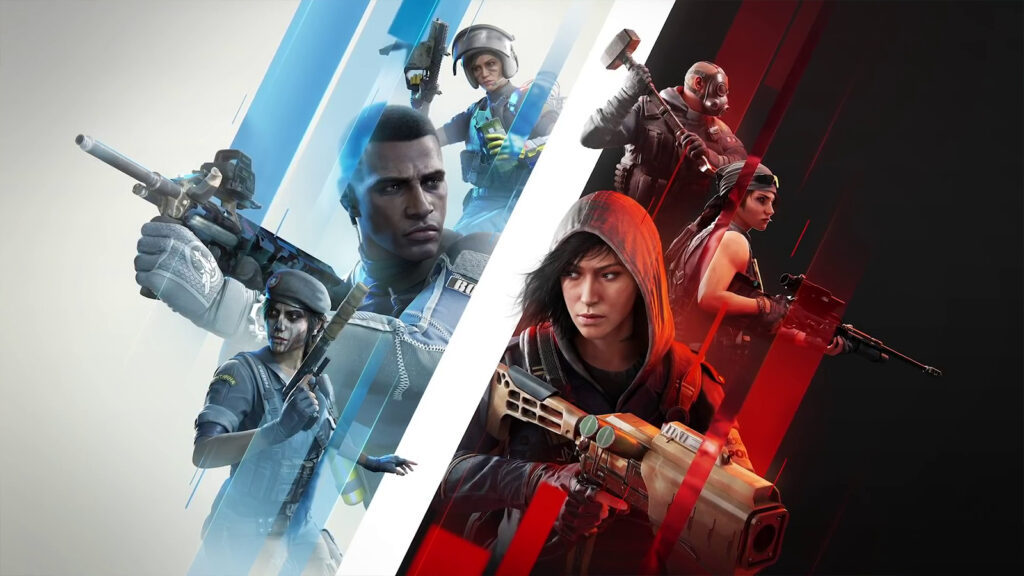Revenue generated from in-game purchases can significantly contribute to a game’s overall commercial success. According to a Newzoo report, the three top-grossing games in the first half of 2022 alone made over $2 billion in consumer spending on in-game purchases. These figures highlight the importance of implementing effective strategies to tap into this potential revenue stream fully.
Table of Contents
Psychology and Player Engagement

At its core, the draw of in-game purchases lies in leveraging psychological triggers and human behavioural patterns. Developers must employ a deep understanding of player motivations and preferences to craft strategies that effectively engage and monetize. The feeling of progress, the sense of belonging to a community, and the desire for exclusivity and status are all elements critical to a player’s experience. By integrating in-game purchases strategically, developers can influence these factors and offer players compelling incentives to spend money.
Types of In-Game Purchases
There are several types of in-game purchases that developers can employ. Let’s explore each of them for a clearer understanding of how they can be strategically implemented:
Consumables
Consumables are in-game items or resources that players can purchase and utilize within the game. These are often limited in quantity or have a one-time use. Examples include health packs, booster items, or special power-ups that provide temporary advantages in gameplay. Their strategic implementation lies in offering quick relief from frustration or providing an enjoyable boost when needed most. This tactic can be especially successful for free-to-play games, as it provides a valuable alternative to paying for regular access or privileges.
Unlockable Content
Unlockable content can vary from hidden levels, new game modes, or specialized avatars and character customization options. These locked features encourage players to explore the game further, and each reveal adds to the overall player experience. The key is striking a balance between what is accessible through gameplay alone and what can be unlocked through purchases. This strategy enhances a game’s replay value and encourages player investment in the game’s ecosystem.
Exclusive Content or Limited Editions
Exclusive in-game items or features available only through purchases can foster a sense of exclusivity and prestige among players. These could be unique character designs, exclusive seasonal items, or special badges indicating a player’s early adoption or financial support. The limited nature of these offerings can create a sense of urgency and motivate players to act fast if they wish to join exclusive clubs within the game’s community.
The Importance of Strategy and Balance
Implementing in-game purchases effectively is more than just listing items for sale. It’s about strategic integration that complements the gameplay and upholds the player’s experience rather than disrupts it. The goal is to strike a delicate balance between player engagement, monetization, and the core enjoyment of the game itself. When done right, in-game purchases can contribute to player satisfaction rather than just feeling like blatant money-grabbing attempts.
Here are some critical considerations for developing effective in-game purchase strategies:
Transparent and Fair Pricing
Being upfront about pricing and avoiding arbitrary paywalls will help foster trust with players. Clearly label what items can be acquired through gameplay alone and which are available for purchase. Provide reasonable pricing for optional purchases, and ensure that players with or without financial investments can still enjoy the core experience.
Integration with Gameplay
In-game purchases should feel like natural extensions of the gameplay, offering value to players rather than disrupting their engagement. Ensure the implementation doesn’t lead to a fragmented experience for players, and maintain a consistent user interface and flow to avoid frustration.
Aspirational Value
In-game purchases should align with the desires and motivations of players. Offer exclusive items that enhance status, or provide practical benefits, such as convenience or expanded gameplay possibilities. The feeling of accomplishment and progression is essential, so ensure purchases aren’t mandatory to advance excessively.
Community Feedback and Adjustments
Regularly engage with your player community to understand their feedback and adjust your strategies accordingly. The gaming landscape is fluid, and player preferences change over time. Staying connected to your audience will help you adapt your in-game offerings and remain competitive in a rapidly evolving space.
Conclusion
In-game purchases will likely continue to be a significant factor in the gaming industry, with developers constantly searching for innovative ways to engage players and boost revenue. By understanding the psychological factors involved, implementing strategic offerings, and maintaining a player-centric approach, developers can tap into this lucrative stream while delivering an enjoyable experience.
In summary, in-game purchases are a significant component in modern gaming, allowing developers to monetize and engage players. Employing a strategic approach that leverages the power of psychological triggers and offers attractive in-game content can benefit both developers and players alike. With a clear focus on transparency, fair pricing, and a balanced integration into gameplay, the world of in-game purchases is set to evolve even further, opening up new possibilities for everyone involved.
Thanks for reading! Remember to upvote if you found this useful and subscribe for more related content.
Additional Reading
If you’re eager to dive deeper into the topic of in-game purchases, here are some external sources with valuable insights:
- The Power of In-Game Purchases: How Developers and Players Benefit – An in-depth exploration of the psychology behind in-game purchases and the strategies developers use, published on GamesIndustry.biz.
- In-Game Purchases: Maximizing their Potential – A thoughtful Dev.to article examining the effective use of in-game purchases and the impact on player engagement and satisfaction.
- In-Game Purchases: The Ultimate Guide – A comprehensive guide on Gameskinny.com covering various aspects of in-game purchases, including strategies, trends, and insights from industry experts.


